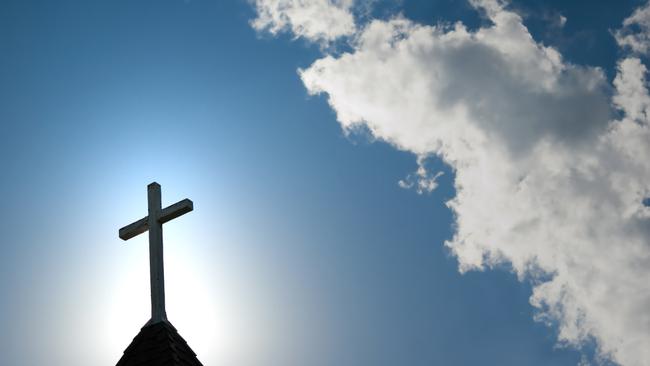The ABS reveals new classification of religious groups in Australia
There are more religious groups in Australia despite a decline in Christianity and an increase in secularism, the latest ABS data into the nation’s religious affiliation reveals.

There are more religious groups in Australia despite a decline in Christianity and an increase in secularism, the latest ABS data into the nation’s religious affiliation reveals.
Data released on March 26, reveals an increase in the number of religious groups from 107 in 1996 to 139 in 2022.
Called the Australian Standard Classification of Religious Groups (ASCRG), the series was first established in 1996, there has been an increase of 29.91 per cent in the number of religious groups since.
There are now more options on the Census form in consultation with academics and religious groups.
Islam, for example, has been reclassified as Sunni, Shiite and Other, whereas previously it fell under the single narrow group.
Until recently, there was no change in the classification of broad religious groups with the addition of a new Broad Group - Sikhism.
Changes to Christianity now include Syriac Catholic being added to the Narrow group Catholic, while Albanian Orthodox has been retired and included in the Eastern Orthodox Group.
Simon Kuestenmacher from the Demographics Group explains that at a glance, it’s to do with population growth. “We are seeing a clear trend with no religious affiliation in Australia, but we receive two-thirds of our additional population from overseas.” Primarily, the majority of new arrivals originate from Asia, Africa and the Middle East. With them, they bring a wide range of religious backgrounds,” he explained.
Per the 2021 Census, Christianity remains the most common religion at 44 per cent, but with its decline there has been more splintering in groups.
“Religion as a whole does not provide the same social cohesion as before. There are challenges in dealing with the collective national level, particularly around the Sex Discrimination Act.”
“The smallest group of non-believers are now the majority at almost 40%, but some non-believers are quite dogmatic, their non-belief is a belief in itself. By legislating laws around religious freedom, that too comes around threat.” Furthermore, the remaining population of believers are left feeling short-changed and disempowered as these debates take place, he explained.
“Another concern around the rights of faith-based schools to show preference to adherents is that we are already in the midst of a teacher shortage. Many teachers are approaching the retirement cliff - so faith-based schools and other institutions will be incentivised to offer more money to attract better applicants than their public school counterparts.”
The timing of the ABS report is coincidental, but it is worth noting that the review was undertaken between 2022-2023. The data is self-identified and does not measure adherence.
In the 2022-2023 review, which is the latest data released by ABS this month, the ASCRG sought to more accurately reflect the groups to which Australians have a religious affiliation, improve the useability of the classification and streamline the coding structure and better accommodate new groups over time.
It comes as Prime Minister Anthony Albanese struggles to achieve bipartisan support in federal Parliament for religious freedom laws. The ALRC has recommended that schools be stripped of the right to discriminate on the grounds of religious beliefs, despite the opposition of parents and staff at faith-based schools.
The 2021 census found that 38.9 per cent of Australian-born Australians claim no religion.


